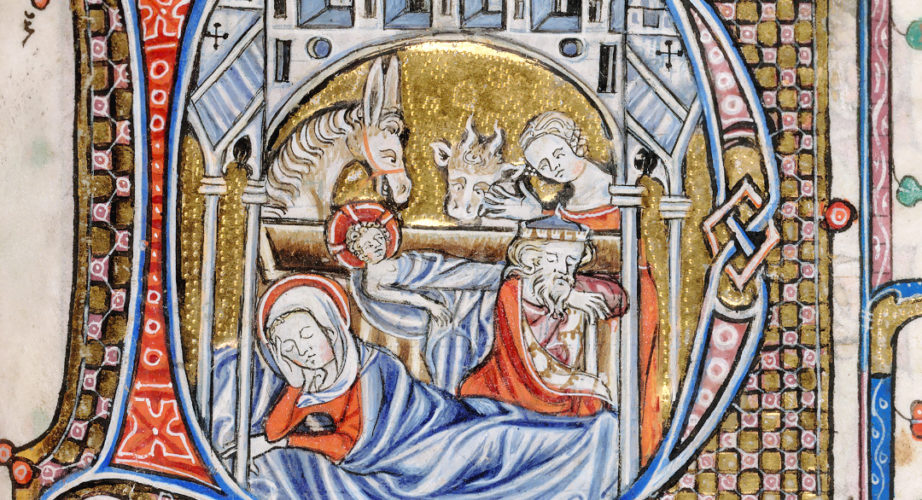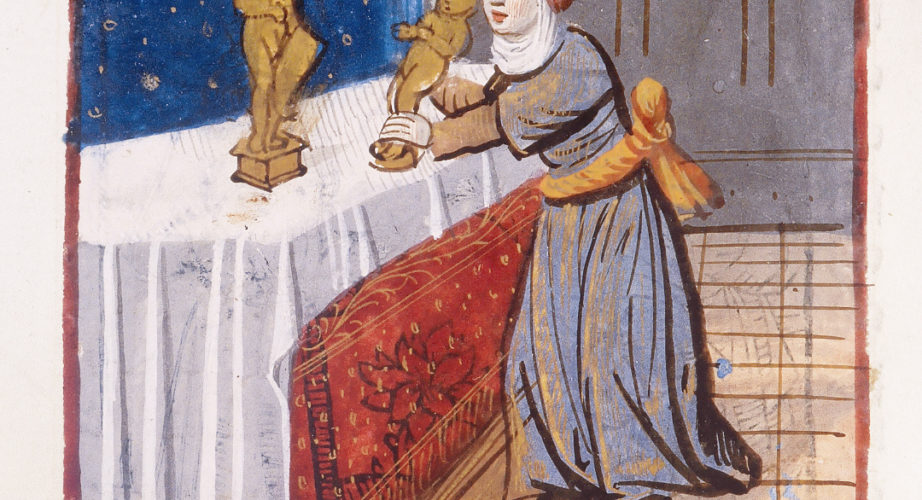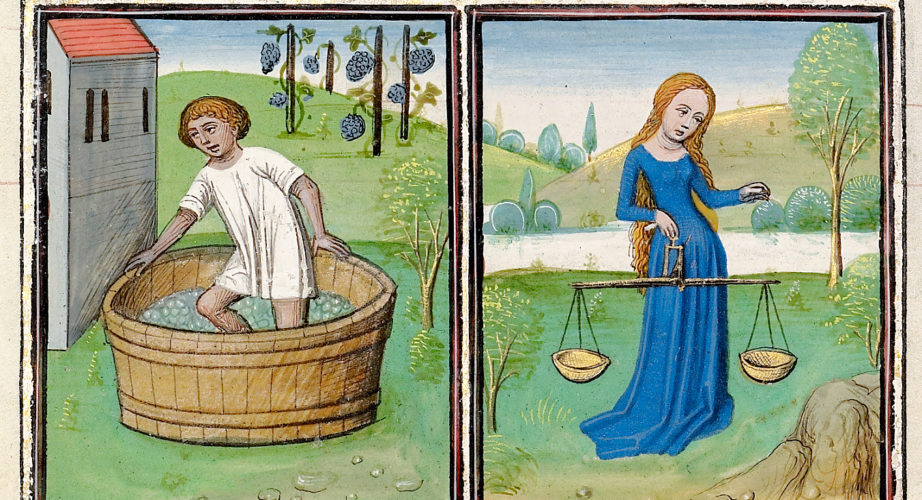ASCENSION
 The Catholic Church celebrates today, on the 40th day after Easter, the Ascension of Jesus to Heaven.
Being one of the pillars of Christianity, it goes without saying that the Ascension is also one of the most popular themes to be illuminated in countless manuscripts in the Middle Ages; in the illumination above, related to such a popular theme, what may seem interesting is the peculiar iconography depicted. The history of the Ascension in art mainly consists of three different traditions - the main and oldest two being the so-called "Mandorla" (a halo encircling the entire body, from the Italian for "almond" due to its usual shape) and the "Climbing to Heaven" (in which Jesus is shown striding up a mountain, often aided by the very Hand of God). The third tradition, however, differs from the previous two in that it does not focus on Jesus as a whole - but, more precisely, on his feet.
This use first appeared around the turn of the Millennium, originating in the British Isles and then spreading all across Northern Europe: Christ is portrayed as he disappears up into the clouds, only his feet and the hem of his garment showing. This is because, according to the Acts of the Apostles, «while they watched, [Jesus] was taken up, and a cloud received Him out of their sight» (Acts 1:9, NKJV). Below him, the iconography often includes the last footprints of Christ left on the rock; these are believed by many to still be visible at Chapel of the Ascension on the Mount of Olives in Jerusalem.
"Ascension", illumination from a Missal, Use of Autun, ms. S 136 (114 A), f. 156v, ca. 1460, Bibliothèque Municipale, Autun.
The Catholic Church celebrates today, on the 40th day after Easter, the Ascension of Jesus to Heaven.
Being one of the pillars of Christianity, it goes without saying that the Ascension is also one of the most popular themes to be illuminated in countless manuscripts in the Middle Ages; in the illumination above, related to such a popular theme, what may seem interesting is the peculiar iconography depicted. The history of the Ascension in art mainly consists of three different traditions - the main and oldest two being the so-called "Mandorla" (a halo encircling the entire body, from the Italian for "almond" due to its usual shape) and the "Climbing to Heaven" (in which Jesus is shown striding up a mountain, often aided by the very Hand of God). The third tradition, however, differs from the previous two in that it does not focus on Jesus as a whole - but, more precisely, on his feet.
This use first appeared around the turn of the Millennium, originating in the British Isles and then spreading all across Northern Europe: Christ is portrayed as he disappears up into the clouds, only his feet and the hem of his garment showing. This is because, according to the Acts of the Apostles, «while they watched, [Jesus] was taken up, and a cloud received Him out of their sight» (Acts 1:9, NKJV). Below him, the iconography often includes the last footprints of Christ left on the rock; these are believed by many to still be visible at Chapel of the Ascension on the Mount of Olives in Jerusalem.
"Ascension", illumination from a Missal, Use of Autun, ms. S 136 (114 A), f. 156v, ca. 1460, Bibliothèque Municipale, Autun.
Post consigliati


